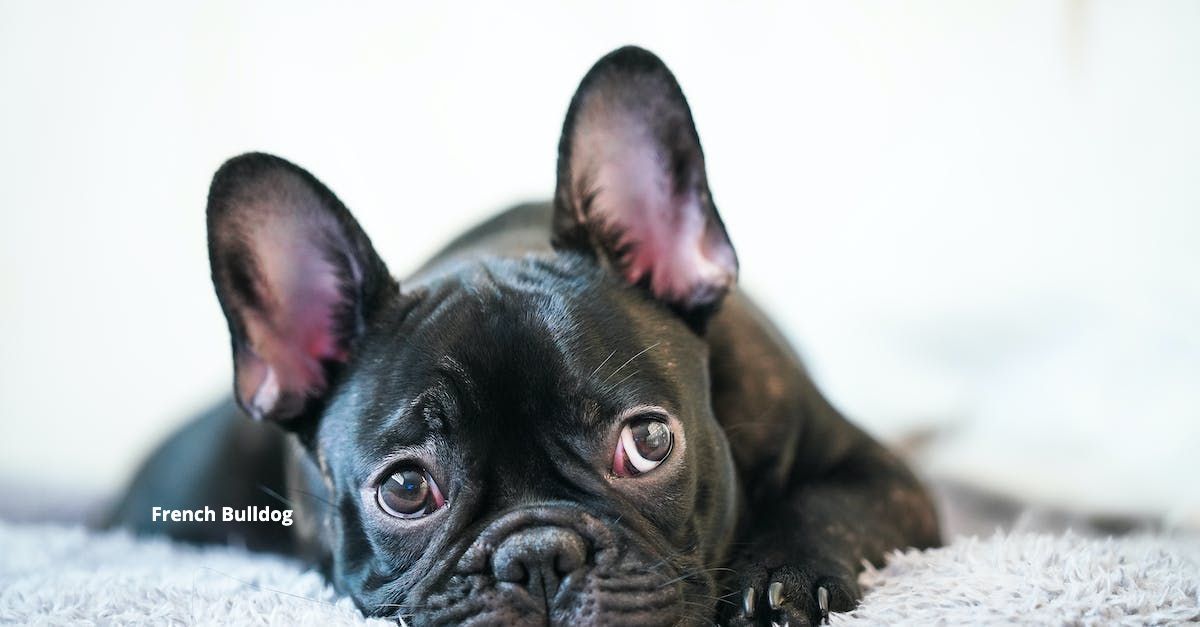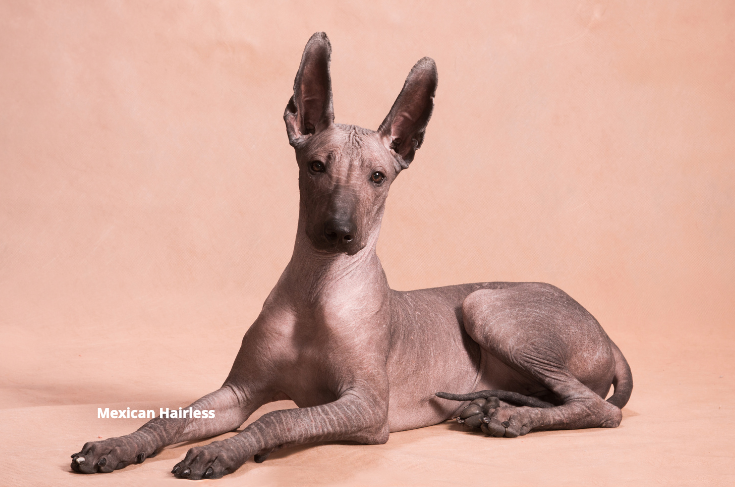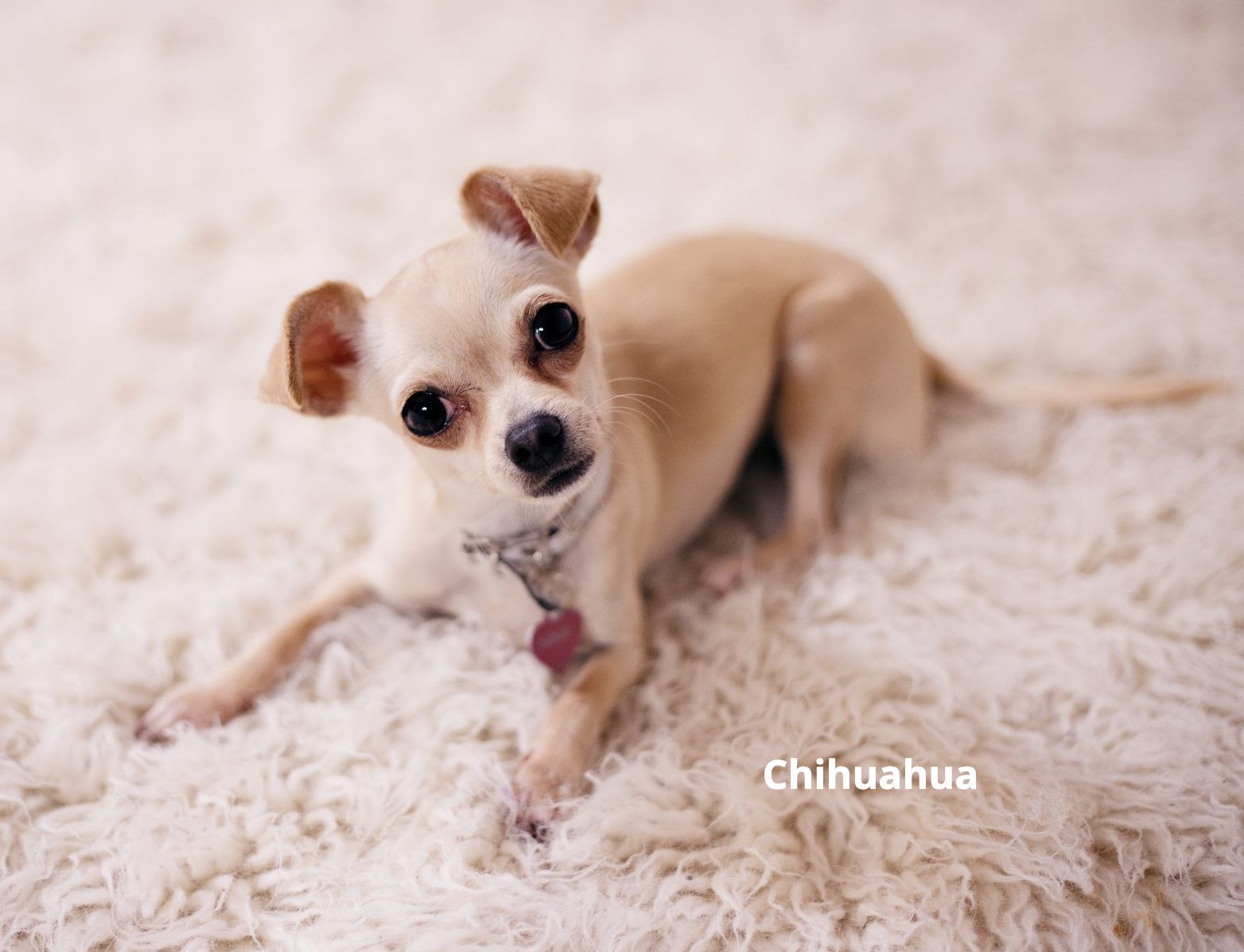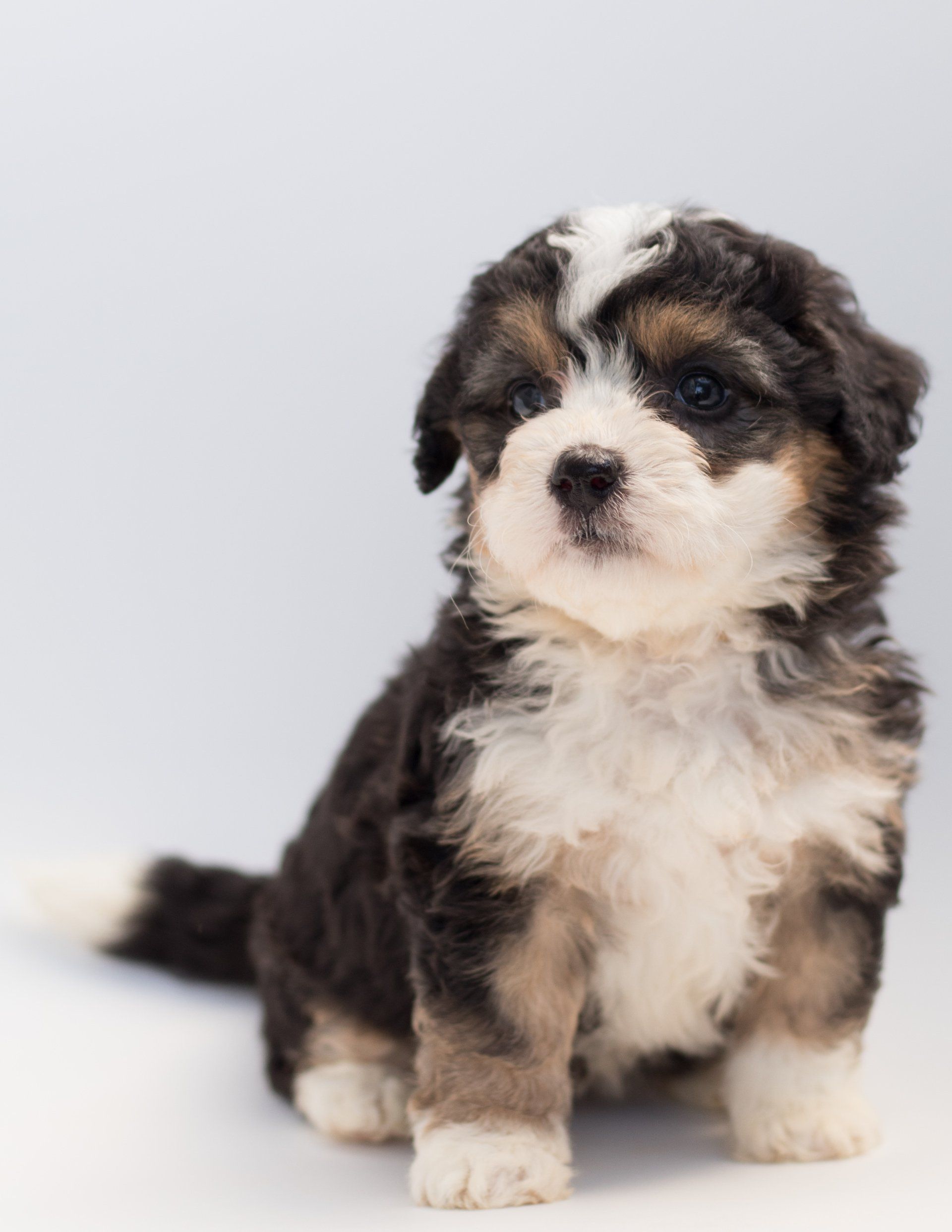Article
From Poodles to Pit Bulls: Your Intro to Dog Breeds
Furiends, we may receive a small commission if you purchase products or services through our affiliate links.
From their distinct appearances to their unique personalities, every breed has its own charm. In this article, we dive into dog breeds, exploring their origins, characteristics, and everything in between.
Furiends, we may receive a small commission if you purchase products or services through our affiliate links.
The Origins of Dog Breeds
Let's start with some history. Did you know that the story of dog breeds is closely intertwined with human civilization? Dogs were among the first domesticated animals. Evidence suggests that dogs have been by our side for thousands of years! Initially, they helped us hunt, herd, guard, and provided that warm, fuzzy companionship we all adore. In time, humans began selectively breeding dogs, leading to the creation of the distinct and lovable breeds we know today.
Classifications of Dog Breeds
Dog breeds can be classified into various categories based on their size, temperament, and purpose.
1. Purebred vs. Mixed Breed
Purebred dogs are those that have a documented pedigree and belong to a recognized breed. They have specific physical and behavioral traits that have been carefully bred for generations.
On the other hand, mixed breed dogs, also known as mutts or hybrids, are a combination of different breeds. They often exhibit a perfect blend of characteristics from their sometimes very diverse background.
While purebred dogs have their own unique charm, mixed breed dogs also deserve recognition. Mixed breed dogs are like the hidden gems of the dog world. These pups, often found in animal shelters and through animal rescues, bring a blend of characteristics from various breeds, making them one-of-a-kind furry companions. Adopting a mixed breed dog can be a very rewarding experience, as they often have diverse traits and personalities you won't always find in a pure breed.
2. Size Categories
Dog breeds are typically categorized into size groups, which can help potential fur parents choose a breed that fits their lifestyle and living arrangements. The American Kennel Club (AKC) recognizes four main size categories:
Small: Small dog breeds typically weigh less than 22 pounds and stand under 15 inches tall at the shoulder. Examples include the Chihuahua, Pomeranian, and Shih Tzu.
Medium: Medium-sized dogs weigh between 22 and 55 pounds and have a shoulder height of 15 to 22 inches. Popular medium-sized breeds include the Bulldog, Australian Cattle Dog, and Border Collie.
Large: Large dog breeds weigh between 55 and 85 pounds and stand at a shoulder height of 22 to 27 inches. Some well-known large breeds include the Labrador Retriever, German Shepherd, and Golden Retriever.
Giant:
Giant breeds are the largest of all, weighing over 85 pounds and standing taller than 27 inches at the shoulder. Examples of giant breeds include the Great Dane, Saint Bernard, and Irish Wolfhound.

10 Popular Dog Breeds
While there are hundreds of dog breeds worldwide, there are a few that stand out year after year. Let’s meet some stars of the show:
Labrador Retriever
The Labrador Retriever, also referred to simply as Labs, is one of the most beloved and popular dog breeds worldwide. They are intelligent, gentle, and great with children, and known for their friendly and outgoing nature, making them an ideal choice for a perfect family pet. Labs are also highly trainable and excel in various activities such as obedience, agility, and even therapy work and assistance with the disabled. With their short, water-resistant coat and webbed paws, they are natural swimmers and excel in water-related activities like search and rescue missions. They're basically the cool friends of the dog world, and they're super smart.
German Shepherd
German Shepherds are renowned for their loyalty, intelligence, and versatility. These loyal, super-smart pals are like the overachievers of the dog world. Originally bred as herding dogs, they have since become popular as working dogs in various fields, including law enforcement, search and rescue, and as service animals. They can be pretty much trained to do anything. German Shepherds require regular mental and physical exercise to channel their energy and maintain their overall well-being.
Golden Retriever
These golden-hearted canines are all about spreading love. They've got the cutest golden coats and the sweetest personalities. Golden Retrievers are known for their friendly and outgoing nature and tolerant attitude towards both humans, especially kids and other pets, making them excellent companions for families. They are often used as therapy dogs, guide dogs, and search and rescue dogs because they are intelligent, eager to please, and highly trainable. With their thick, water-repellent coats, they excel in activities such as retrieving game during hunting and participating in various dog sports.
Bulldog
Don't be fooled by their gruff exterior! Bulldogs might look tough, but they're total softies. There are many different types of bull dogs such as American (also known as “big lap dogs”), English, and Bullmastiff, and range in a variety of sizes. They can be low to moderate maintenance and great companions for those who prefer a more laid-back lifestyle. Overall, bull dogs are known for being playful, good with kids, loyal, affectionate, and protective.
French Bulldog
Despite their small size, French Bulldogs (aka "Frenchies") have gained immense popularity in recent years. They are known for their easygoing nature, affectionate demeanor, and adaptability to various living situations.
Poodles are the brainiacs of the bunch. They come in different sizes and are known for their agility and trainability. Plus, they're great for folks with allergies since they don't shed much.
Dachshund
These
"wiener dogs" might be small, but they've got big personalities. They're playful and love to dig, making them some of the most endearing pets around.
Siberian Husky
With their striking blue eyes and fluffy double coats, Siberian Huskies are like winter royalty. They were born to thrive in colder climates and excel at activities like mushing and skijoring.
Beagle
These small hound dogs have noses that can sniff out anything. They're often on airport security duty, making them heroes in their own right. Plus, they're super friendly and make awesome family pets.
Pit Bull
A Pit Bull is not actually a breed but covers an umbrella of registered dog breeds including Staffordshire Bull Terrier, American Staffordshire Terrier, and American Pit Bull Terrier or sometimes includes mixed breeds falling under the “bully breed” family of dogs.
Pit Bulls tend to be lean, active, medium-sized dogs. They are highly adaptable, intelligent, and loyal people pleasers. They love human affection and interaction, especially with children, making them great family companions. And how can we ever forget that these pups are naturally clownish, fun loving, and spunky making them easy to love.

Rare and Exotic Dog Breeds
While popular dog breeds often steal the spotlight, there is a whole world of rare and exotic breeds waiting to be discovered. These breeds are not as well-known, but some have truly extraordinary characteristics.
- Azawakh
The Azawakh is a slender and elegant sighthound originating from West Africa. Known for their incredible speed and agility, Azawakhs were traditionally used by nomadic tribes for hunting game in the harsh desert terrain. Their striking appearance and independent nature make them a fascinating breed.
- Xoloitzcuintli
Another rare breed is the Xoloitzcuintli, also known as the Mexican Hairless Dog. This ancient breed has been a part of Mexican culture for thousands of years and is believed to have healing powers. Xolos come in three sizes – toy, miniature, and standard. They are known for their calm and loving temperament.
Working Dog Breeds and Their Roles
Working dogs have been an integral part of human civilization for centuries. These breeds were selectively bred for specific tasks, such as herding, guarding, and pulling sleds. Their intelligence, strength, and work ethic make them incredibly valuable in various working roles.
- Border Collies, widely regarded as the most intelligent dog breed, are exceptional herding dogs. They have an innate ability to control and guide livestock with their intense gaze and quick movements.
- Australian Shepherds, often mistaken for Border Collies, are also highly skilled herders known for their agility and versatility.
- Boxers, on the other hand, are known for their strength, agility, and loyalty. They were originally bred as hunting dogs and later became popular as guard dogs and family pets.

Dog Breeds By Size
Toy and small dog breeds
While large dog breeds often steal the spotlight, toy and small dog breeds have their own unique charm. These pint-sized pups may be small in stature, but they make up for it with their BIG personalities.
- Chihuahuas, the smallest dog breed in the world, are famous for their feisty nature and bold attitude. Despite their tiny size, they have a lot of energy and can be quite fearless.
- Pomeranians, with their luxurious coats and fox-like faces, are known for their lively and extroverted personalities. They are highly intelligent and thrive on human companionship.
- Maltese dogs have been treasured companions for centuries. Known for their long, silky white coats, these dogs are incredibly affectionate and love to be the center of attention. They are often seen as glamorous pets due to their regal appearance.
Medium-sized dog breeds
Medium-sized dog breeds strike a balance between their larger and smaller counterparts. These breeds are often versatile, making them suitable for various lifestyles and living arrangements.
- Cocker Spaniels, with their beautiful coats and expressive eyes, have been popular companions for many years. They are known for their friendly and gentle nature, making them great family pets.
- Australian Cattle Dogs, also known as Blue Heelers, are highly intelligent and energetic dogs, originally bred for herding cattle. They require plenty of mental and physical stimulation to thrive.
- Beagles, with their iconic howl and keen sense of smell, are often used as scent detection dogs. They are friendly, sociable, and love to be part of the family.
- Shetland Sheepdogs, or Shelties, are often mistaken for small Rough Collies. They are intelligent, loyal, and excel in various dog sports, including obedience and agility.
Large and giant dog breeds
For those who prefer larger canine companions, there are plenty of breeds to choose from. Large and giant dog breeds often have a commanding presence and can be wonderful family pets when properly trained and socialized.
- Great Danes, often referred to as "gentle giants," are known for their imposing size and gentle temperament. Despite their size, they are typically friendly, patient, and good with children.
- Saint Bernards, with their thick coats and expressive eyes, are famous for their role in Alpine rescues. They are loyal, gentle, and make excellent family pets.
- Newfoundlands, with their massive frames and webbed feet, are natural-born swimmers and are often used in water rescue operations. They are known for their calm and gentle nature, making them excellent companions for families with children.
- Bernese Mountain Dogs, originating from the Swiss Alps, are known for their striking tricolor coats and friendly personalities. They are often used as therapy dogs due to their calm and gentle nature.
Choosing the Right Dog Breed for Your Lifestyle
With so many dog breeds to choose from, finding the right one for your lifestyle can seem like a real challenge. We're not trying to confuse you. We're just trying to help you in weighing out factors like activity level, grooming needs, and temperament before making a decision.
Selecting the “perfect” dog breed goes beyond how cute or popular they are. It’s best to make a decision based on your lifestyle and preferences so you can ensure a happy, fun, and anxiety-free relationship. Once you’ve considered the huge responsibilities involved, and officially decided you’re ready for the unconditional love of your new best friend, here are 10 key things to consider:
1. Activity Level: Playtime Partners
Let’s talk energy! Do you love hikes, runs, and outdoor adventures, or do you prefer cozy nights on the couch? Think about how active you are and how much exercise you can provide for your dog. Some breeds need lots of activity, while others are more chill. Some breeds, like Labs, Border Collies and Australian Shepherds, thrive on daily vigorous exercise and mental stimulation. If you prefer a more laid-back lifestyle, breeds like Bulldogs, Pugs, Basset Hounds, and Cavalier King Charles Spaniels, are lazier and more content with shorter walks and playtime in the yard.
We can attest to our own American Bulldog, Marvin, being laidback, yet super needy when it comes to attention from his people. He is what we’d call a loveable and lazy, high maintenance Diva! Anyone who knows this breed of dogs always says he fits the model of a typical American Bulldog, and we wouldn’t have it any other way!
2. Space: Big or Small Digs
Consider your living arrangements. Do you have a big yard or live in a cozy apartment? Larger breeds may require more room to move around comfortably, but some smaller breeds are well-suited for apartment living if they get enough exercise.
3. Allergies: No Sniffles, Please!
Consider any allergies you or your family members may have. If allergies are a concern, look into hypoallergenic breeds like Poodles, Bichon Frises, Portuguese Water Dogs, Westies, and Schnauzers. These breeds have hypoallergenic coats and shed less than other breeds. However, it's important to note that no dog breed is completely hypoallergenic, and individual allergies may vary.
4. Time Commitment: Puppy Love Takes Time
Dogs, especially puppies, require time and attention. If you have a busy work schedule or travel frequently, some breeds may not be the best choice. Particularly, high-energy dogs and puppies, need consistent training, socialization, and companionship.
5. Family Dynamics: Pups and Kids
Evaluate your family situation. If you have children or other pets, it's essential to choose a breed known for its compatibility with kids and other animals. Breeds like Labrador Retrievers, Golden Retrievers, and Beagles are often great choices for families.
6. Grooming Needs: Fur Care Fun
Different breeds have different grooming requirements, so choose one that suits your maintenance style. Long-haired breeds like Shih Tzus and Afghan Hounds need regular grooming to keep their coats healthy, while short-haired breeds like Boxers and Doberman Pinschers require minimal grooming.
7. Training and Socialization: From Rascal to Role Model
Consider your experience with dog training and socialization. Some breeds are more stubborn or independent and may require firmness, while others are highly trainable and eager to please. Novice dog owners may find it easier to work with breeds known for their obedience and intelligence.
8. Goal: What’s Your Doggy Dream?
Think about what you’re looking for in a new furry baby. Are you looking for a loyal companion, a working dog, a therapy dog, a show dog, or a shopping buddy (think pooch in a purse... no judgement here!)? Different breeds are great for specific purposes, so choose one that aligns with your goals and interests.
9. Lifespan: Long-term Love
Consider the average lifespan of the breed you're interested in. Smaller breeds tend to live longer than larger breeds. Be prepared for the responsibilities of caring for your dog as they age. You also need to be mindful that different dog breeds, particularly pure breeds often are born with health issues related to their specific breed. This may be something to consider that will need to be addressed as your pup gets older.
10. Rescue or Purebred: Love Comes in All Shapes and Sizes
Decide whether you want to adopt a rescue dog or go for a purebred. Both are wonderful options, but they have their differences as discussed earlier. Many wonderful mixed breed dogs are looking for loving homes in shelters, and they make fantastic, loyal, and grateful pets. However, if you have your heart set on a specific breed, either find a dog breed specific rescue to adopt from or research reputable breeders and ensure they prioritize the health and well-being of their dogs.
Choosing the right dog breed involves careful consideration of your lifestyle, preferences, and abilities as a fur parent. Remember that each dog is an individual, and while breed traits provide a general guideline, individual personality and upbringing play a significant role in a dog's behavior. Take your time to research and meet different breeds, and consult with experienced dog parent, reputable breeders, or veterinarians to make an informed decision. When you find the perfect match, you'll be starting a fulfilling journey of companionship and shared adventures with your new furry friend.
Conclusion and Tips
The world of dog breeds is a testament to the extraordinary bond between humans and dogs. Whether you prefer the loyalty of a German Shepherd, the playfulness of a Labrador Retriever, or the uniqueness of a mixed breed dog, there's a canine companion out there for everyone.
Each breed has its own set of characteristics and history, but all dogs share one common trait: their ability to bring joy, love, and companionship into our lives!


